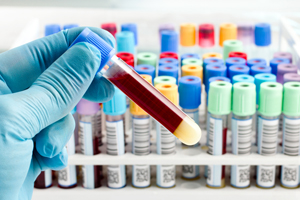
10-month feeding study
Male and female Wistar rats (15/sex/group) were administered diets containing 10% casein (control), or an enzymatic fish protein hydrolyzate at concentrations of 10, 20, or 30% (Ballester et al., 1977). These doses are estimated to correspond to doses of approximately 5, 10, or 15 g/kg body weight/day (U.S. FDA, 1993). It was not mentioned whether the study was conducted in accordance with OECD guidelines or Good Laboratory Practices (GLP). Animals were monitored weekly for changes in body weight, and 5 animals per diet-group were euthanized at 3, 6, and 10 months and subjected to routine toxicological assessments, consisting of hematology, gross pathology, organ weight measurements, and histopathology.
A dose-dependent increase in body weight gain was reported in the groups receiving fish protein hydrolyzate relative to controls, an effect that reached statistical significance in the high-dose group. This effect was to be expected, given the higher protein efficiency ratio of the fish protein hydrolyzate compared to casein, and the increased protein content of the mid- and high-dose diets.
No adverse effects were reported, and the only significant biochemical or hematological changes were increased hemoglobin and hematocrit values observed at Week 12 in mid- and high-dose males; the authors did not consider the effect adverse as it was not observed at the longer time-points. Investigations of organ weights and histopathology were unremarkable. Overall, the authors concluded that enzymatic fish protein hydrolyzate has excellent nutritive value and can be consumed by rats for long periods of time at levels of up to 30% in the diet (approximately 15 g/kg body weight/day), the highest dose tested, without any adverse effects noted.



